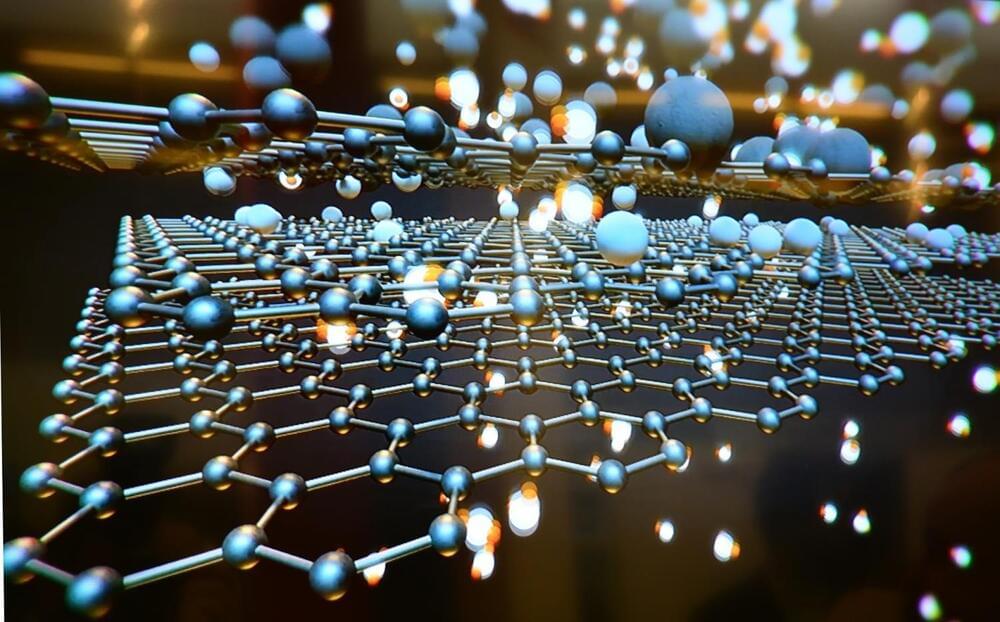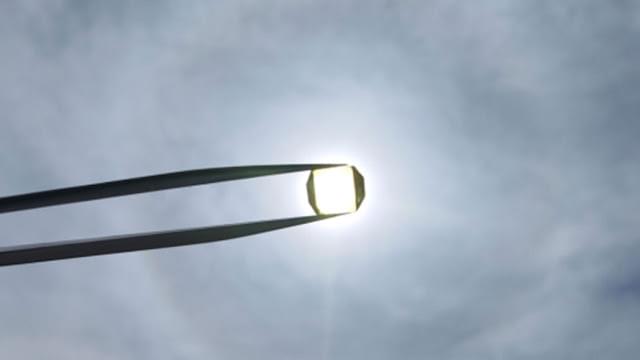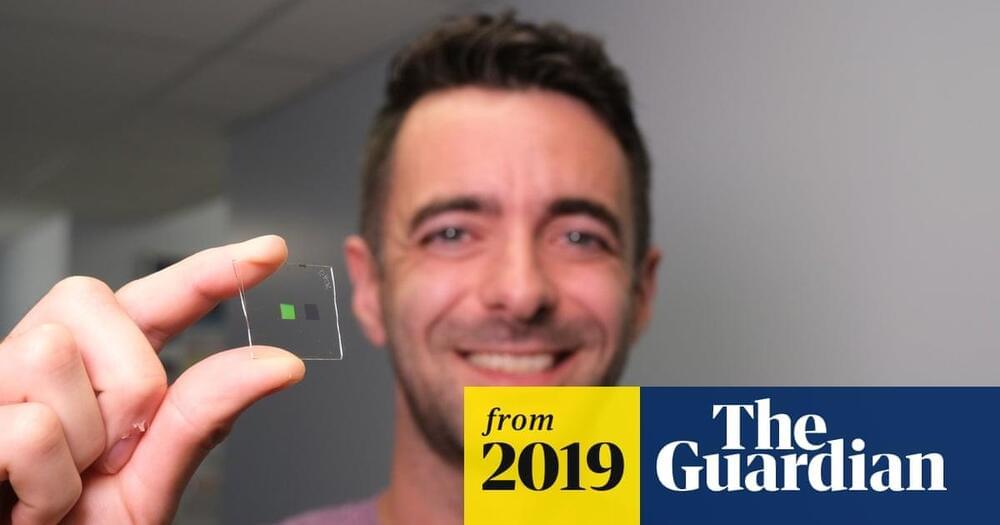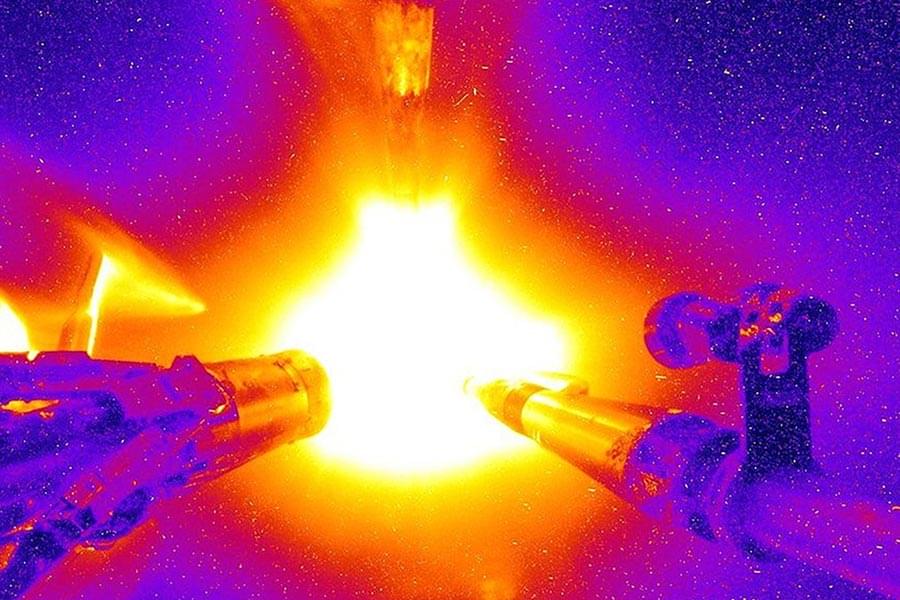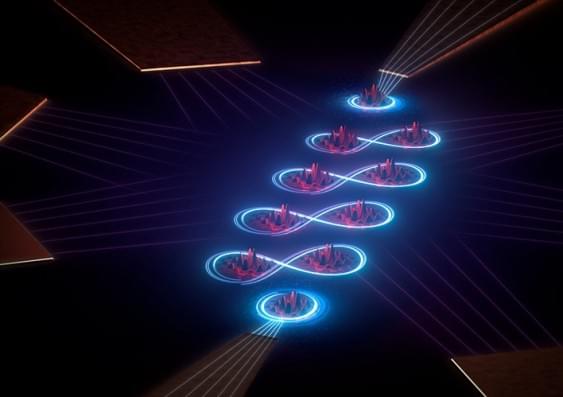
Young people seeking to slake their curiosity are increasingly turning to TikTok as a substitute search engine, with the addictive video-sharing app filled with everything from fried chicken recipes to music history deep dives. This is typically fine if you’re just after movie recommendations or a place to have lunch. Unfortunately, new research by NewsGuard has found TikTok also contains a concerning volume of misinformation about serious topics.
When looking for prominent news stories in September, the fact checking organisation found misinformation in almost 20 percent of videos surfaced by the app’s search engine. 540 TikTok videos were analysed as part of this investigation, with 105 found to contain “false or misleading claims.”
“This means that for searches on topics ranging from the Russian invasion of Ukraine to school shootings and COVID vaccines, TikTok’s users are consistently fed false and misleading claims,” wrote NewsGuard.
